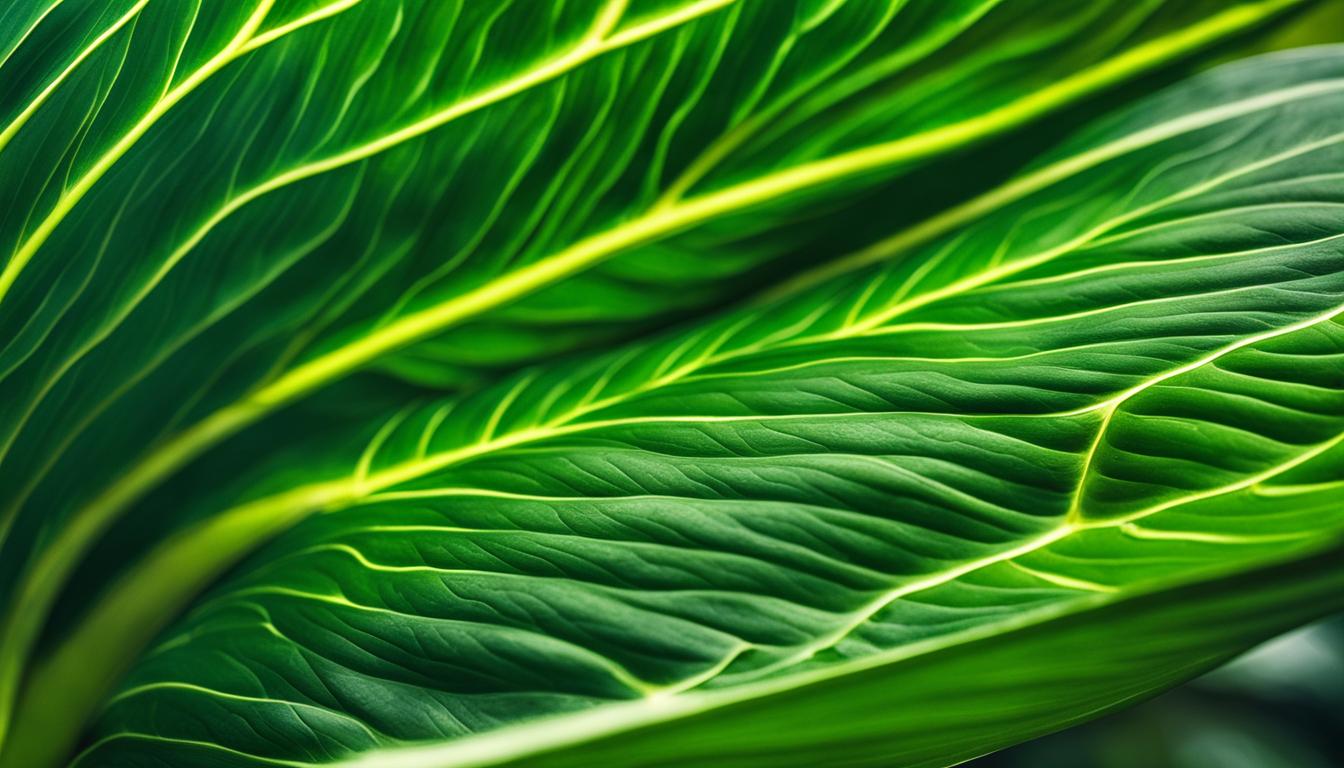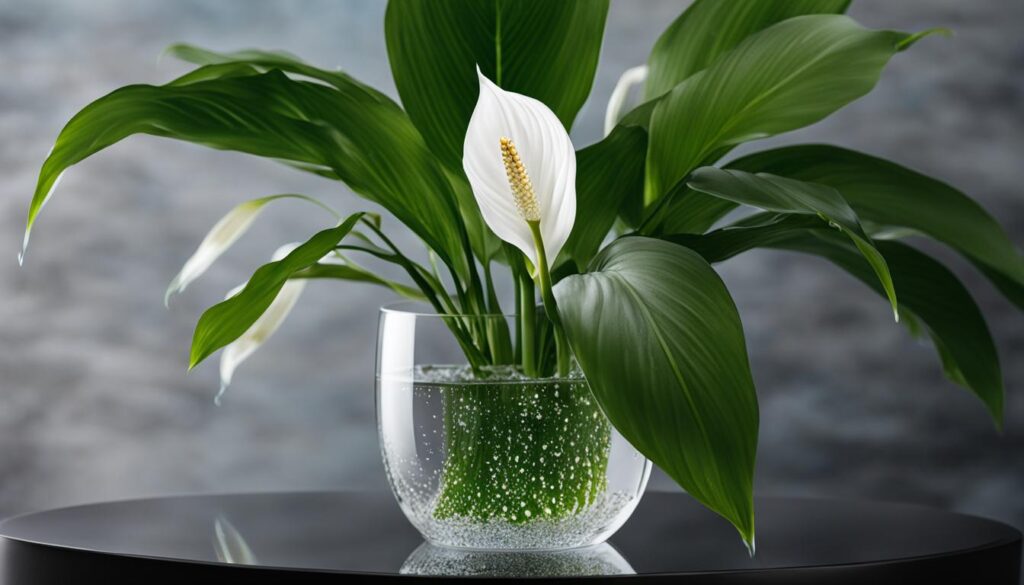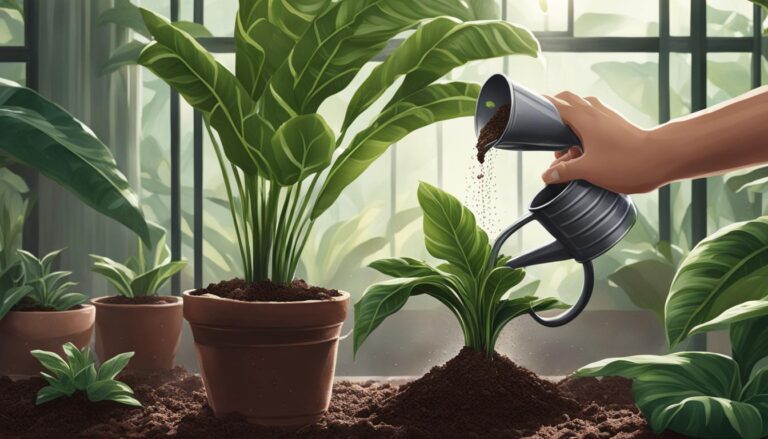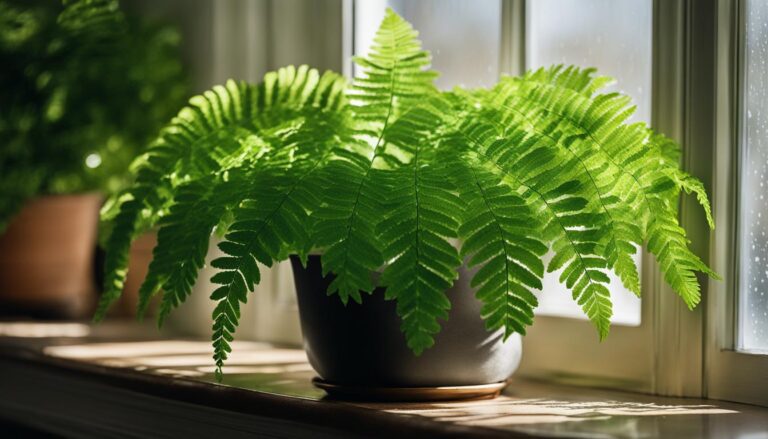
Welcome to my guide on the exquisite and captivating Peace Lily, also known as Spathiphyllum. As a dedicated plant enthusiast, I am excited to share the wonders of this popular indoor plant with you. Whether you’re a seasoned plant lover or just starting your green journey, the Peace Lily is sure to mesmerize you with its elegance and charm.
The Peace Lily, a member of the Arum family, is native to tropical Central and South America. Despite its name, it is not a true lily but holds a distinct place in the hearts of indoor plant enthusiasts worldwide. These magnificent plants thrive in dappled sunlight and require consistent moisture and humidity to flourish.
With their lush green foliage and stunning white to off-white flowers, Peace Lilies bring natural beauty and tranquility to any space. Available in different sizes, ranging from medium dimensions of 17″ x 7″ to small dimensions of 13″ x 5″, they effortlessly enhance the aesthetic appeal of your home or office.
When it comes to caring for Peace Lilies, they prefer temperatures above 70 degrees Fahrenheit and thrive in well-lit areas, away from direct afternoon sunlight. These air-purifying plants are not only visually pleasing but also symbolize purity and prosperity, often chosen as gifts to celebrate new beginnings.
However, it’s essential to be aware that Peace Lilies are mildly toxic to cats and dogs due to their calcium oxalate content. Ingesting large amounts can cause stomach and respiratory irritation. Therefore, it’s crucial to keep these beautiful plants out of the reach of your furry friends.
Join me on this journey to uncover the secrets of caring for a Peace Lily, from watering and lighting requirements to fertilizer and toxicity management. Discover how to grow these incredible plants in water and explore recommended varieties that will add a touch of uniqueness to your indoor oasis.
How to Care for a Peace Lily Plant
When it comes to caring for a peace lily plant, there are a few key factors to consider. Proper watering, light requirements, fertilizer, and understanding the plant’s toxicity are all important aspects of maintaining a healthy and thriving peace lily.
Watering Peace Lilies
Peace lilies prefer to be kept moist but not overly saturated. It’s important to avoid overwatering the plant, as this can lead to root rot. The frequency of watering should be based on the dryness of the soil.
To determine if your peace lily needs water, simply check the soil’s moisture level by inserting your finger about an inch deep. If the soil feels dry, it’s time to water. Peace lilies will start to show signs of thirst, such as drooping leaves, when they need water.
When watering, it’s best to use filtered, room-temperature water to prevent the accumulation of chemicals that may cause brown leaf tips.
Light Requirements
Peace lilies thrive in bright, indirect sunlight. It’s best to place them in east-facing or north-facing windows where they can receive ample amounts of light without being exposed to direct afternoon sunlight. If your peace lily doesn’t receive enough light, its growth may slow down, and it may not produce as many flowers.
Fertilizer and Toxicity
Occasional fertilizing is recommended for peace lilies to promote healthy growth. Use a balanced houseplant fertilizer every 6 weeks, starting in late winter to encourage spring and summer growth.
It’s important to be aware of the plant’s toxicity, especially if there are small children or pets in the household. Peace lilies contain calcium oxalate, which can cause stomach and respiratory irritation if ingested in large amounts. To ensure the safety of your loved ones, keep peace lilies out of their reach.
| Aspect | Care Tips |
|---|---|
| Watering | Keep the soil moist but not soggy. Water when the top inch of soil feels dry. |
| Light | Place in bright, indirect light. Avoid direct afternoon sunlight. |
| Fertilizer | Use a balanced houseplant fertilizer every 6 weeks, starting in late winter. |
| Toxicity | Keep out of reach of children and pets due to calcium oxalate content. |
Growing a Peace Lily in Water
If you’re looking for a unique and low-maintenance way to grow peace lilies, you can try growing them in water. This method, known as hydroponics, allows you to enjoy the beauty of peace lilies without the need for soil.
To grow a peace lily in water, you’ll need a specially-made vase insert or a layer of small river stones to suspend the base of the plant above the water line. This prevents the roots from being constantly wet, which can lead to rot.
The peace lily’s roots will grow into the water, absorbing the necessary nutrients for growth. Growing peace lilies in water can be a fascinating and visually appealing way to cultivate these beautiful plants.
Propagation of peace lilies can also be done in water. When your peace lily outgrows its pot, you can remove the plant and divide it into smaller clumps, ensuring that each clump has several leaves.
Place the divided clumps in separate containers filled with water and follow the same care instructions as for mature peace lilies. The new plants will develop roots and continue to grow, allowing you to expand your peace lily collection or share them with friends and family.
Comparison of Growing Peace Lilies in Water and Soil
| Aspect | Growing in Water | Growing in Soil |
|---|---|---|
| Watering | Water is the main source of hydration for the plant. | Watering is necessary to keep the soil consistently moist. |
| Root Development | The roots grow directly into the water. | The roots grow into the soil, anchoring the plant. |
| Nutrient Absorption | The plant absorbs nutrients directly from the water. | The plant absorbs nutrients from the soil. |
| Moisture Control | The base of the plant needs to be above the water line to prevent rot. | Proper drainage is important to avoid waterlogged soil. |
| Maintenance | Requires regular water changes to prevent the water from becoming stagnant. | Regular monitoring of soil moisture and watering as needed. |
Growing peace lilies in water can be a fun and rewarding experience. It allows you to appreciate the beauty of these plants while exploring a different method of cultivation.
Whether you choose to grow them in water or soil, peace lilies are versatile and resilient plants that are sure to enhance any indoor space.

Recommended Varieties of Peace Lilies
When it comes to peace lilies, there are a few recommended varieties that you may want to consider adding to your collection. One popular variety is the Spathiphyllum wallisii, which is a smaller peace lily, reaching only 12 inches tall. Its petite size makes it perfect for smaller spaces or as a tabletop decoration.
If you’re looking for a peace lily that’s even smaller, the Petite peace lily is a great choice. Standing at approximately 8-10 inches, it’s a charming addition to any room.
On the other end of the spectrum, the Sensation peace lily is the largest variety available. With its impressive height and width, it can grow up to 4-6 feet, making it a stunning focal point in any space.
For those who want a peace lily with a unique touch, there are a couple of varieties worth considering. The Domino peace lily is a medium-sized plant that features attractively variegated leaves, adding a pop of visual interest.
If you’re a fan of vibrant colors, the Mojo Lime peace lily is a great option. With its eye-catching lime-green foliage, it brings a refreshing and lively vibe to any area.
While these specialty varieties may not always be readily available in local garden centers, you can often find them through online sources. Adding these diverse peace lilies to your collection can bring variety and beauty into your home or office.
FAQ
How often should I water my peace lily?
Water your peace lily when the soil becomes dry to the touch. The frequency of watering will depend on the temperature and humidity of your environment.
Where should I place my peace lily in my home?
Peace lilies prefer bright, indirect sunlight. Place them in east-facing or north-facing windows to provide them with the right amount of light.
How often should I fertilize my peace lily?
Fertilize your peace lily every 6 weeks with a balanced houseplant fertilizer. Start in late winter to encourage spring and summer growth.
Are peace lilies toxic to pets?
Yes, peace lilies are mildly toxic to cats and dogs. They contain calcium oxalate, which can cause stomach and respiratory irritation if ingested in large amounts. Keep peace lilies out of reach of pets.
Can I grow a peace lily in water?
Yes, peace lilies can be grown in water alone. Use a specially-made vase insert or a layer of small river stones to suspend the base of the plant above the water line, allowing the roots to grow into the water while preventing the base of the plant from being constantly wet.
How do I propagate a peace lily?
To propagate a peace lily, divide the plant when it outgrows its pot. Remove the plant from its pot and split it into smaller plants, ensuring that each clump has several leaves. Peace lilies can tolerate some tough treatment during dividing due to their rhizome growth pattern.
What are some recommended varieties of peace lilies?
Some recommended varieties of peace lilies include Spathiphyllum wallisii, which is a smaller peace lily, the Petite peace lily, which is even smaller, the Sensation peace lily, which is the largest variety, the Domino peace lily with variegated leaves, and the Mojo Lime peace lily with lime-green foliage.







One Comment
Comments are closed.